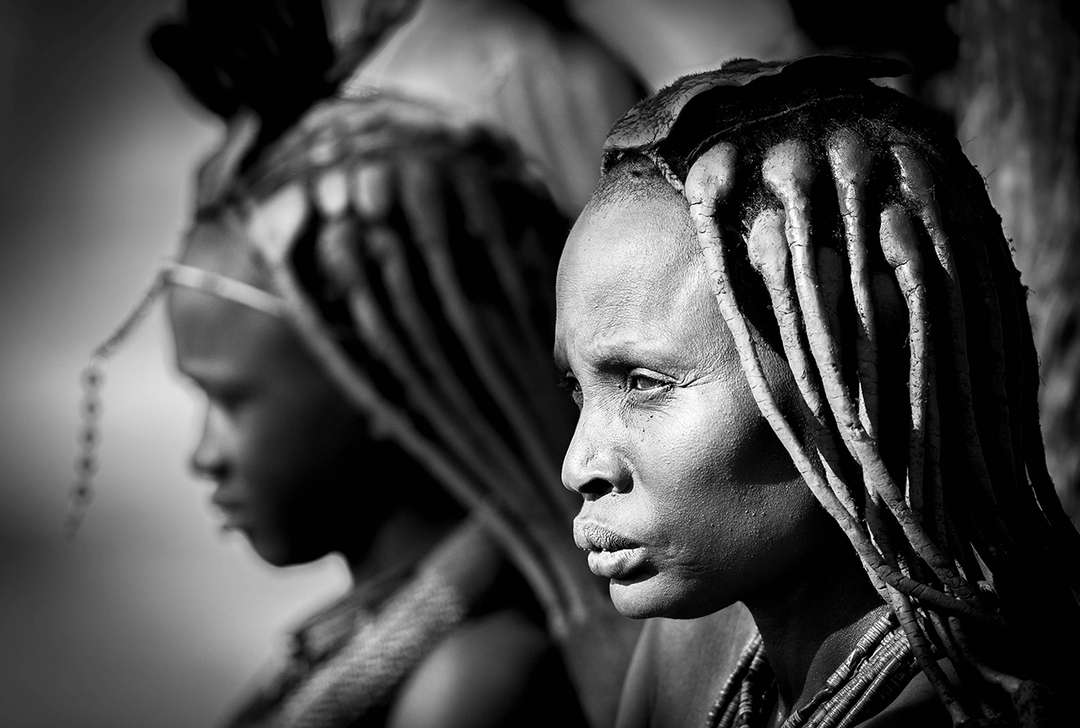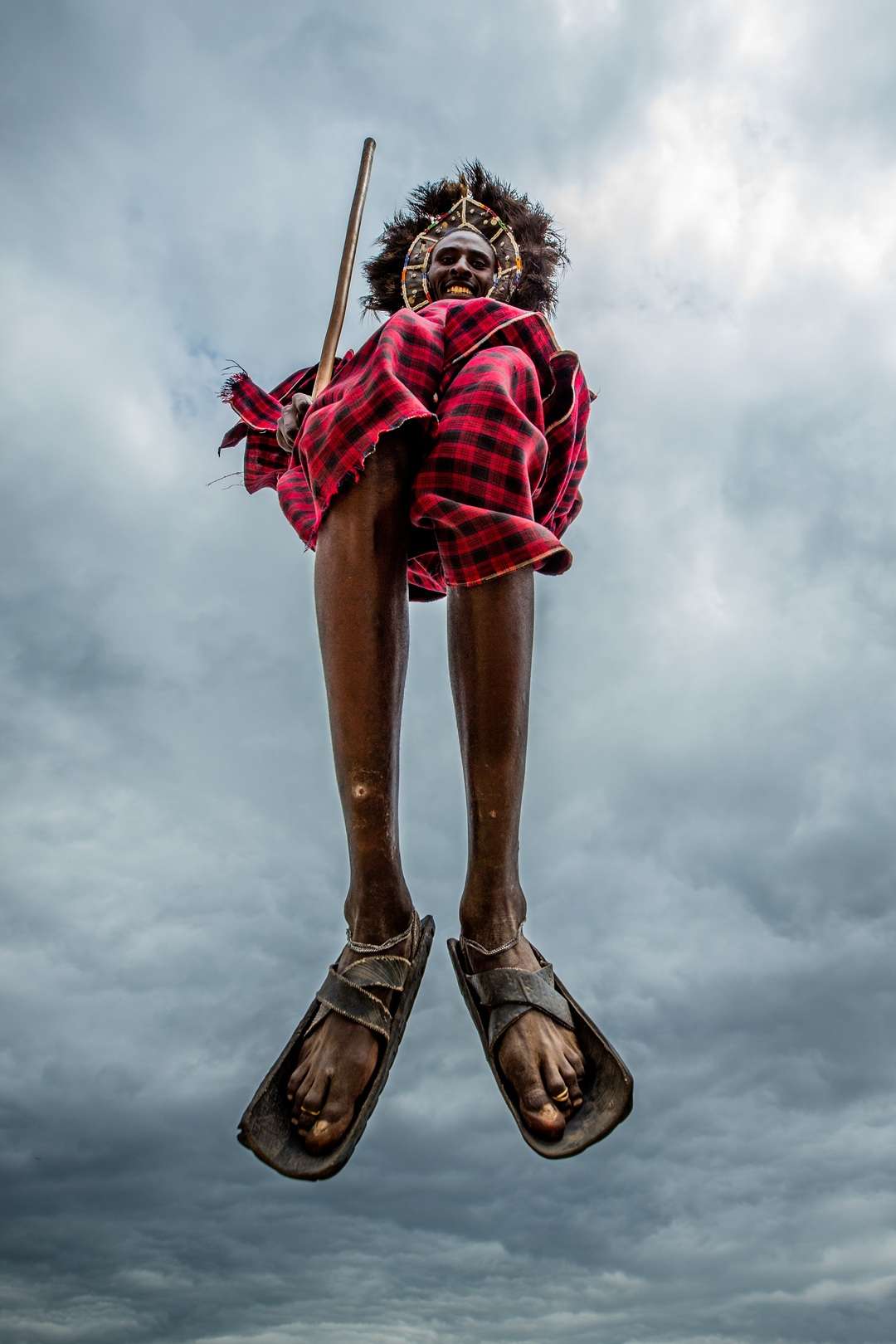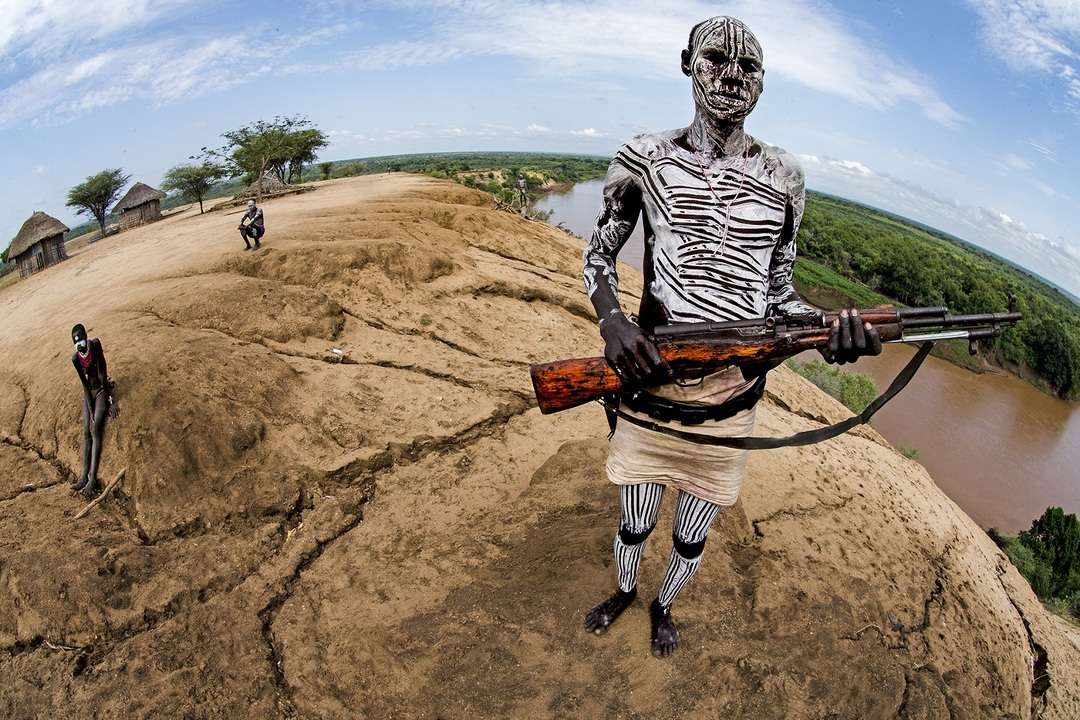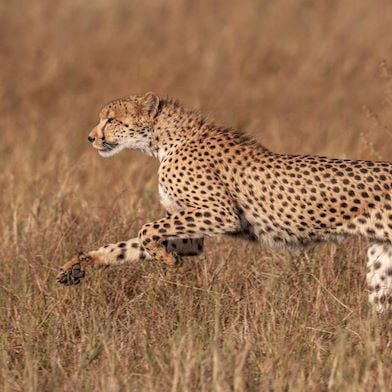Our fourth category celebrates the characters, cultures, traditions, and modern adaptations of the continent’s people, and their engagement with their natural environment. In the past, entries in this category were dominated by three traditional cultural groups: the Himba from Namibia, the Maasai from Kenya and northern Tanzania, and the small Karo tribe from the Omo Valley in Ethiopia. All three tribes fall in key tourism areas in each of these countries, and throughout the years have managed to maintain most of their ethnic traditions and values.
A few of these are highlighted below.
Himba, Namibia
The Himba are an ancient Namibian people, closely related to the Herero, and mostly found in the north-west of the country. With an estimated population of about 50,000 they are semi-nomadic, pastoral people who breed cattle and goats. One of the very few indigenous groups left in the world who still respect and live according to the traditions of their ancestors.

The women are famous for rubbing their bodies with otjize, a mixture of butter fat and ochre. They believe this protects their skin against the harsh climate. The red mixture is said to symbolise Earth's rich red colour and the blood that symbolises life. The painting on the skin also differentiates the women from the men.
When entering one of the small villages consisting of scattered clay huts, you will always find a fire smouldering. Smoke plays an important role in their traditions. Smoke is seen as a medium to communicate with their supreme being, Mukuru. The smoke of the holy fires rises towards the heavens enabling them to communicate with their ancestors. Due to water scarcity, Himba women seldom will take a bath in water, but rather a smoke bath, to maintain personal hygiene.

Maasai, Kenya and Northern Tanzania
Another semi-nomadic group residing in Kenya and northern Tanzania, arguably one of the foremost African ethnic groups, and known internationally due to their distinct traditions, customs and dress: traditional Maasai reside mostly near the many national game parks of East Africa.
Long before the formation of any protected areas, the Maasai moved and grazed their herds throughout the Rift Valley, with very little to no damage to the land or the resident wildlife due to their nomadic lifestyle. Hunting was also very limited since their diet relies on the milk, blood and meat of their livestock. They were seen as the first conservationists.

They are well-known for Maasai jumping dance, the adamu. This is a traditional dancing ceremony performed by young Maasai men who gather in a circle, jump up and down in unison and rhythmically chant together. Each of the young men takes a turn stepping in front of the group and jumps several times straight up in the air, as high as he can. All of this is to show their strength, in the hope of attracting a wife.
Karo Tribe, Omo Valley, Ethiopia
The Lower Omo Valley in southern Ethiopia is home to over a dozen different tribes, estimated at 200 000 people. One of those tribes is the Karo, with a population of about a 1,000 to 2,000 individuals, making them one of the smallest ethnic groups on the African continent. They live on the eastern bank of the Omo River where they grow sorghum, maize and beans, through flood-retreat cultivation.

The Karo are undeniably artistic by nature. Like many of the other tribes in the Omo, the Karo paint their bodies and faces with white chalk. The chalk is mixed with yellow rock, red iron ore and charcoal to create the colour. Face masks are worn at times, as are clay hair buns decorated with feathers.
Both men and woman scar their bodies – the women in the belief that it makes them beautiful, while for the men it represents an enemy or dangerous animal they have killed.









